Author: Marcus. ORIGLIERI Date: 2014-9-6 16:42:14
The vast majority of new mineralspecies occur as microscopic grains orcrystals. These are of little interest tocollectors of aesthetic minerals, and aresought-after only by locality specialists orthe most die-hard of systematic enthusiasts.
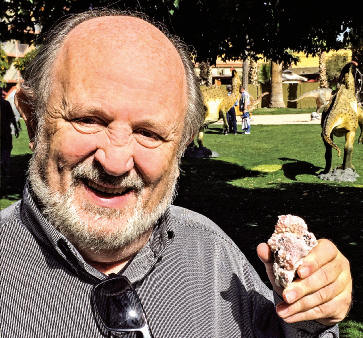
Marshall Sussman with a specimen of the new mineral marshallsussmanite,in Tucson, 2014.
The discovery of new minerals isexciting on the one hand, but somewhat routine on the other. In 2013, the InternationalMineralogical Association (IMA)received over 100 new species proposals.
The recently approved mineral,marshallsussmanite (IMA2013-067),NaCaMnSi3O8(OH) is a notable exceptionto this tendency because it occurs inrelatively large crystals clearly visible tothe naked eye, and with attractive formand color. This new mineral, judgingfrom excitement seen during the 2014Tucson shows, has made an immediateimpact within the collecting community. This is the story of its discovery.
Marshallsussmanite crystals, up to 7 mm, with minor hydroxyapophyllite,from the 2011 find at the Wessels mine, Kalahari Manganese Field, South Africa.
The saga began in the summer of2011, when well-known Tucson-basedcollector and sometime dealer, MarshallSussman, purchased three flats of specimensin South Africa. The specimensfeatured an unknown mineral in theform of pink, bladed crystals on matrix.
On closer examination, there weretwo different habits. Some specimens presented thin, pale-pink, bladed crystalswith whitish terminations to 1 cm,grouped in sheaves, associated withblack prismatic aegirine and hydroxyapophyllite-(K). Others showed thicker,blade-shaped crystals to 2.1 cm, with aricher, peachy-pink color, and associatedwith later calcite.
The specimen sizesvaried from thumbnail (3 cm) to largecabinet (15 cm).
Holotype specimen of marshallsussmanite(i.e. the specimen on which the formal mineral description was based),9.5 wide. M. Origlieri photo.
Marshall was told that the specimenscame from two different pocketsfound in two different mines in SouthAfrica’s famous Kalahari ManganeseField. The deeper pink ones were attributedto the Wessels mine, while thelighter pink specimens were said tocome from the N'Chwaning II mine.
Crystal of marshallsussmanite with calcite, crystal 1.4 cm high. Marin Mineral specimen. M. Origlieri photo.
Marshallsussmanite with hydroxyapophyllite,specimen 5.7 cm wide. J. Veevaert photo.
Wessels and N’Chwaning II are separateunderground mines operated by different companies, but they exploit thesame ore body, and they share a commonboundary. While it is possible that thetwo separate mining operations strucksuch similar material, at more-or-less the same time, on their common boundary,it is unlikely. It is even less likely thatboth mines could have simultaneouslyintersected two spatially unrelated pocketswhich yielded such unique, novel,yet similar material. Bruce Cairncross,co-author of two comprehensive bookson the minerals of the Kalahari ManganeseField, believes that all of the materialoriginates from the Wessels mine.
One of the best marshallsussmanite specimens, 4.3 cm high. S. Rudoplh collection. J. Scovil photo.
A preliminary analysis in SouthAfrica gave an X-ray diffraction (XRD) pattern that closely matched ferrobustamite,a rare pyroxenoid mineral.
Marshall purchased the specimens, assumingthat they were the manganesemineral bustamite, for which they representedexcellent specimens.
Headframe of the Wessel mine,type locality of marshallsussmanite.B. Cairncross photo
Marshallsussmanite with calcite,specimen 8.5 cm high. G. and J. Spann collection. J. Veevaert photo.
The author had the pleasure of seeingall of Marshall’s specimens shortlybefore the Denver show in September2011. It was a great lot, but regrettablyhe lacked sufficient funds to purchase allof them outright; he therefore travelledto Denver somewhat anxiously to followfurther developments. Fortunately, Danand Diana Weinrich purchased the bestthree specimens from the lot, allowing asignificant discount for the remainder,which the author promptly acquired.



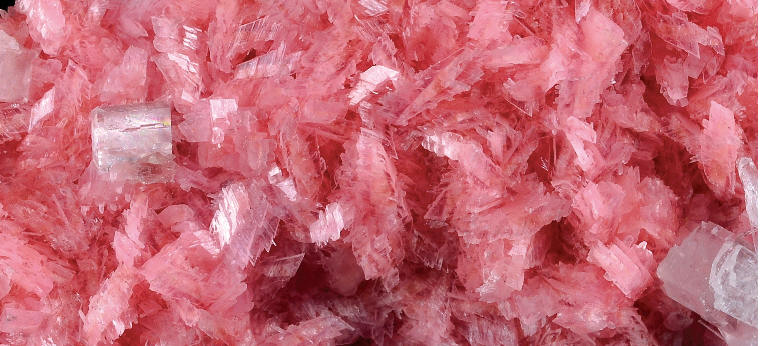
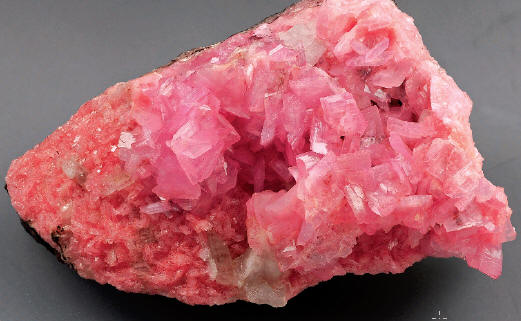
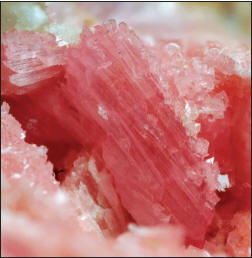
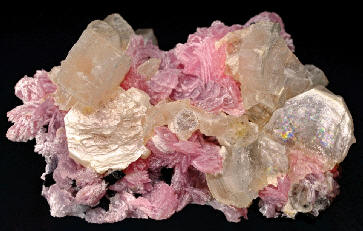
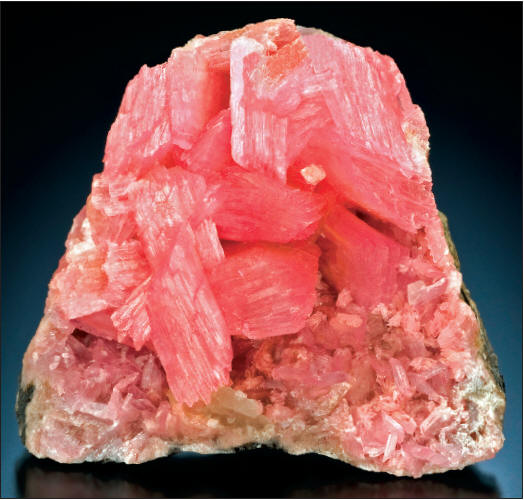
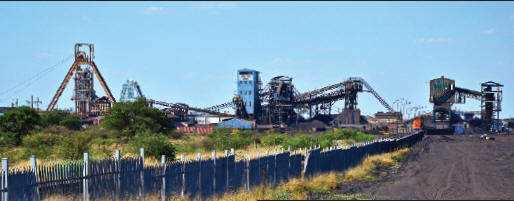
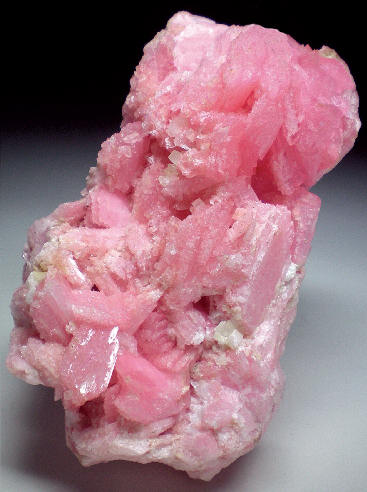
 YueGongAnBei 44051102000467
YueGongAnBei 44051102000467


 |
|